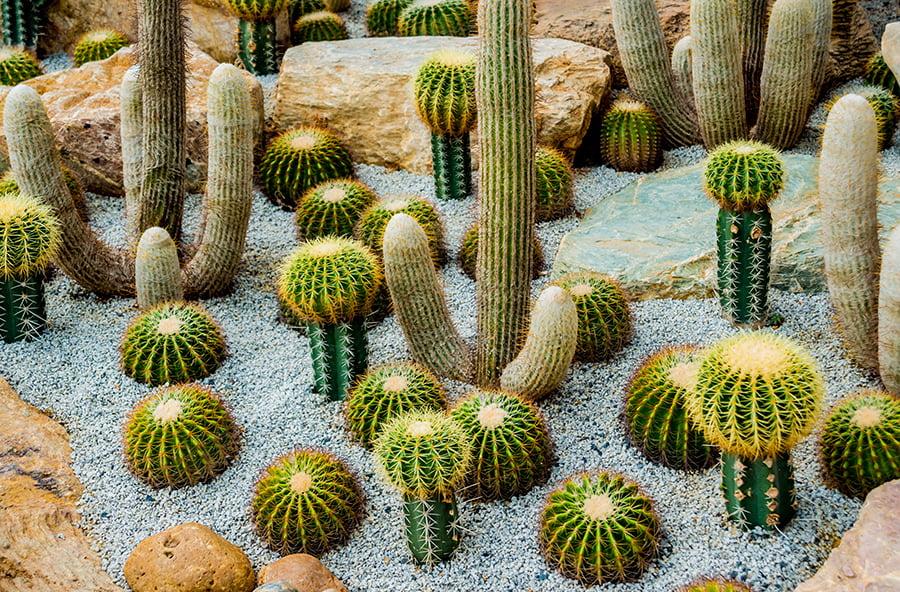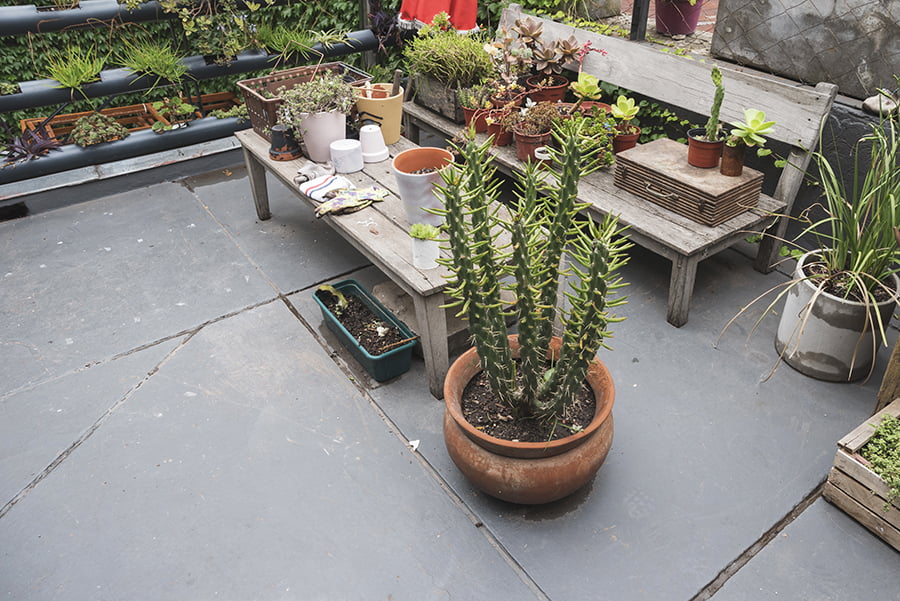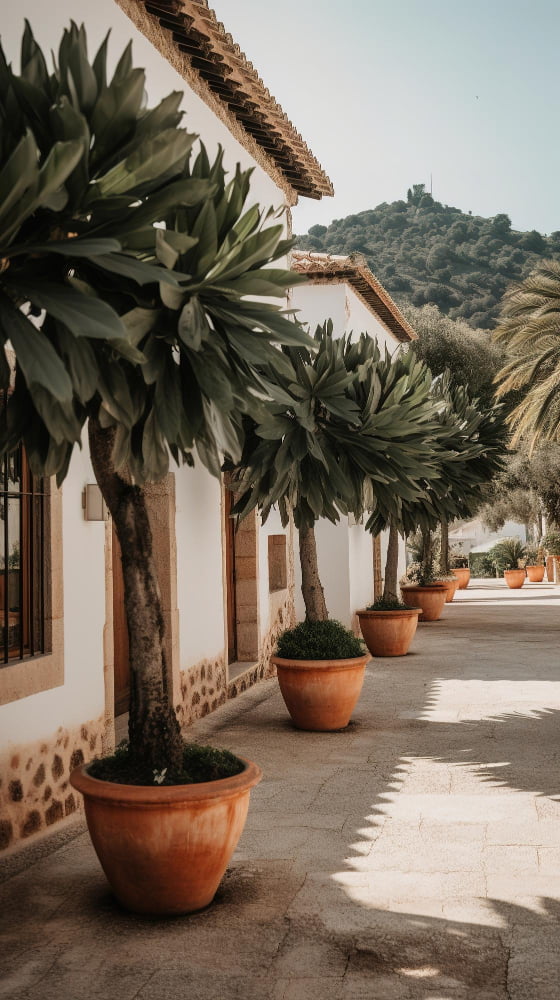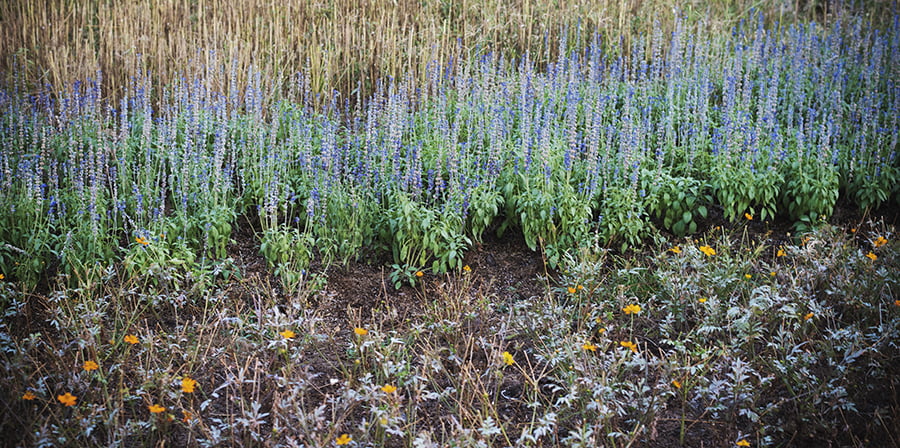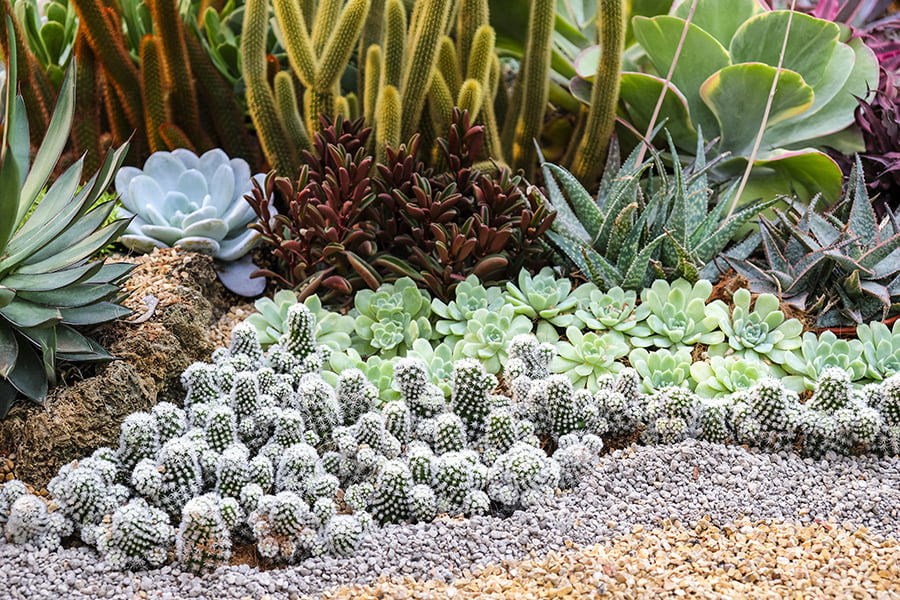Creating a landscape design for a desert climate requires careful consideration of the local environment and plant selection.
Choose drought-tolerant plants that are native to the area and require minimal water. Incorporate hardscaping elements such as gravel, rocks, or pavers to reduce water usage and provide visual interest.
Utilize mulch to help retain moisture in the soil, and consider installing drought-tolerant grasses or ground covers. Finally, use trees strategically to provide shade and wind protection while still allowing adequate air circulation.
Creating a landscape design that is suitable for a desert climate can be challenging. The extreme temperatures, lack of water and harsh sunlight can make it difficult to find plants that will thrive in the environment.
However, with careful planning and consideration of the local conditions, it is possible to create an attractive and sustainable landscape design that will last for years to come.
In this blog post, we will discuss some tips for creating a successful desert landscape design.
Choose Drought-tolerant Plants

Drought-tolerant plants are those that can survive in dry conditions with minimal water. These types of plants have adapted to the arid environment and require less water than other species.
They also tend to be hardy and resilient, making them ideal for desert landscapes. Examples of drought-tolerant plants include cacti, succulents, yucca, agave, and many varieties of shrubs and grasses.
By selecting these types of plants for your landscape design you will be able to create a beautiful garden without having to worry about over watering or frequent maintenance due to lack of moisture.
Select Appropriate Soil Type

Soil plays an essential role in the health and growth of plants, so choosing the right type is key to success. Sandy soils are often best for desert climates because they allow water to drain quickly and don’t retain moisture.
This helps prevent root rot and other diseases that can occur when plants are exposed to too much water. Sandy soils tend to be more nutrient-rich than clay or silt soils, which can help promote healthy plant growth in arid environments.
When selecting soil for your landscape design, make sure you choose one that has been tested and certified as suitable for use in a desert climate.
Use Mulch to Retain Moisture
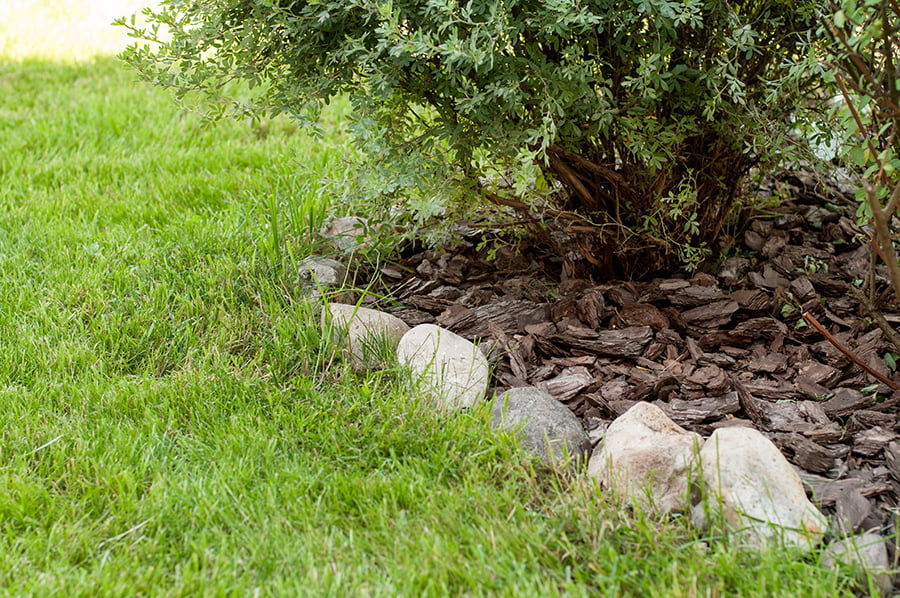
Mulch helps to retain moisture in the soil, which can be especially beneficial in arid climates where water is scarce. By using mulch, you can reduce the amount of water lost through evaporation and help keep your plants hydrated.
Mulch acts as an insulator against extreme temperatures and helps protect plant roots from heat damage. It also prevents weeds from taking over your garden by blocking out light and preventing them from germinating.
Mulching can improve the overall appearance of your landscape design by adding texture and color to the area.
Consider Hardscaping Elements Such As Rocks and Gravel

Rocks and gravel are ideal for this type of environment because they are able to withstand the extreme temperatures, lack of rainfall, and strong winds that often occur in deserts. These materials can help reduce erosion by providing stability to the soil.
They also provide an aesthetically pleasing look while still being low maintenance. When using rocks and gravel in your landscape design, it is important to consider their size, shape, color, texture, and placement in order to achieve the desired effect.
For example, larger rocks can be used as focal points or accents while smaller ones can be used as filler material between plants or other features. Different colors of rock may be combined together for a more interesting look or contrast with surrounding plants or structures.
When placing these materials it is important to keep them away from areas where water runoff could occur so that they do not become washed away over time.
Incorporate Water-saving Irrigation Systems
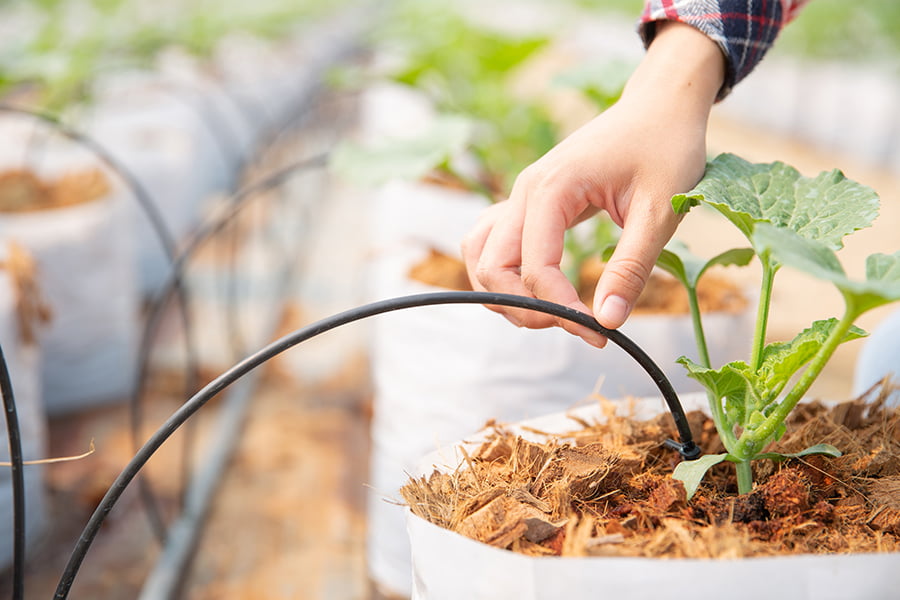
These systems are designed to reduce the amount of water used in landscaping, while still providing adequate moisture for plants and lawns. Water-saving irrigation systems use sensors to detect when soil moisture levels are low, and then automatically turn on sprinklers or drip lines to provide just enough water for the plants.
This helps conserve precious resources by only using as much water as necessary, rather than wasting it with over-watering. These systems can be programmed to run at certain times of day or night when temperatures are cooler and evaporation rates are lower, further reducing water usage.
Plan for Shade and Shelter From the Sun
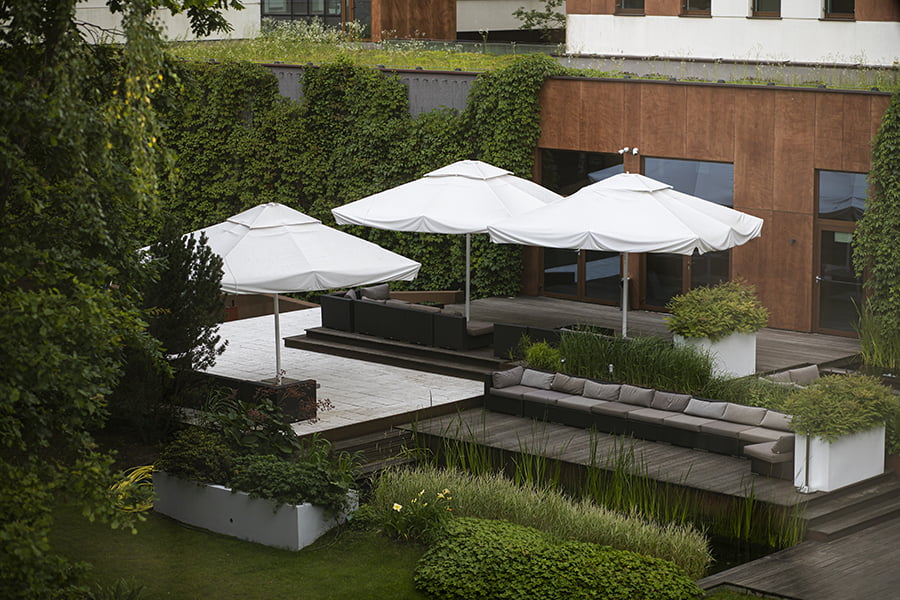
Shade and shelter can be provided in several ways, such as planting trees or shrubs, installing awnings or umbrellas, or building structures like pergolas. Trees are especially effective at providing shade because they have large canopies that block out direct sunlight.
Shrubs can also provide some protection from the sun but may not be as effective as trees due to their smaller size. Awnings and umbrellas are great options for providing temporary relief from the sun’s rays while still allowing air to circulate around them.
Pergolas are structures made of wood or metal that provide both shade and shelter from the wind while still allowing light to pass through them. All of these methods can help create a comfortable outdoor space in even the hottest desert climates.
Choose Native Plants That Are Adapted to the Climate
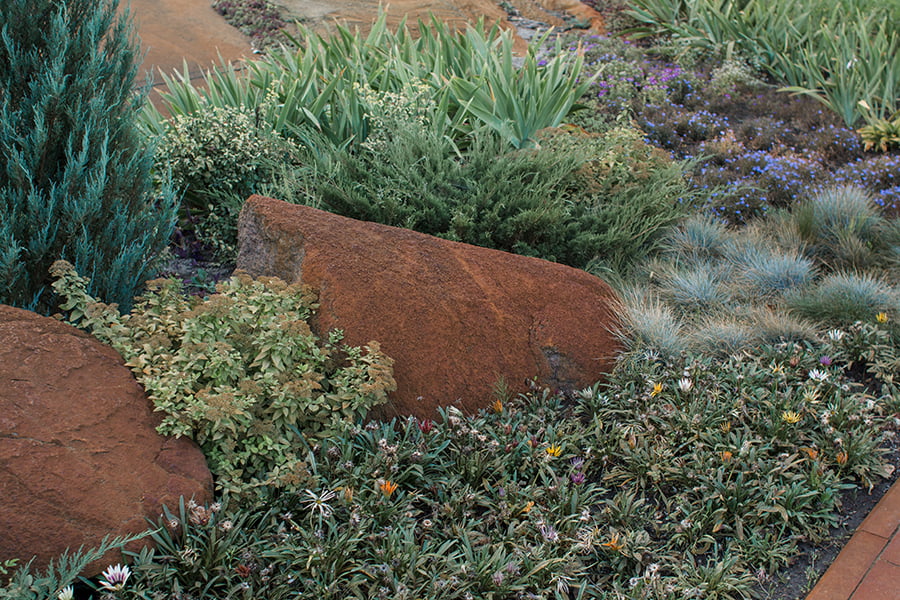
Native plants have evolved over time in the local environment and are better suited to survive in extreme temperatures and conditions than non-native species. These plants require less water, fertilizer, and maintenance than other types of vegetation, making them an ideal choice for desert climates.
Native plants provide food and shelter for wildlife such as birds and insects which can help create a more diverse ecosystem. When selecting native plants for your landscape design, consider their growth habits (such as size at maturity), soil requirements (including pH levels), light needs (full sun or partial shade), water needs (drought tolerant or requiring regular watering) as well as any potential pests or diseases they may be susceptible to.
